Exploring Abstract Photography: Techniques and Inspiration
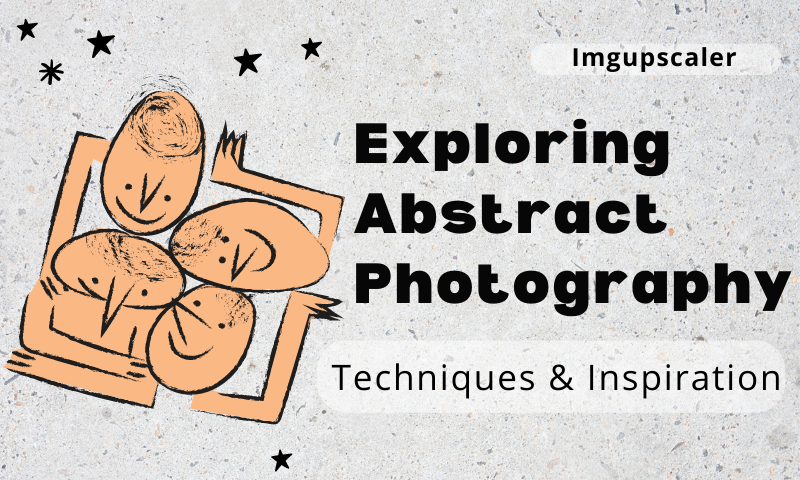
In life, we see a variety of photos, some of the poly landscape, people, or a group photos of commemorative significance, as well as some accidentally in a certain angle to get a new visual effect of the photo. Sometimes these photos are unclear to see the object in the photo and may be a bit abstract. These abstract pictures will cause people to think automatically and give people a unique mood and understanding. What do you know about abstract photography? Let's explore it together!
Understanding Abstract Photography
Abstract photography, what comes to mind? How do you understand abstraction in the first place? Abstract photography is a photographic image that, when seen by the viewer, creates a connection with an object or something. Abstract means that he is not intuitive. Abstract photographs have no direct link to the physical world or reality. Photographers use light, perspective, and movement to transform our natural world into abstract pictures from a creative point of view.
Tina Tryforos says, "Abstract photography explores the textures and details of everyday objects, reminding the viewer of something else. Abstract photography is not figurative" The progression and discovery of abstract photography has been primarily through real-life practice, so there is no exact step-by-step guide. Artists have explored and experimented with their theories and innovations, slowly pulling their photography into abstraction.
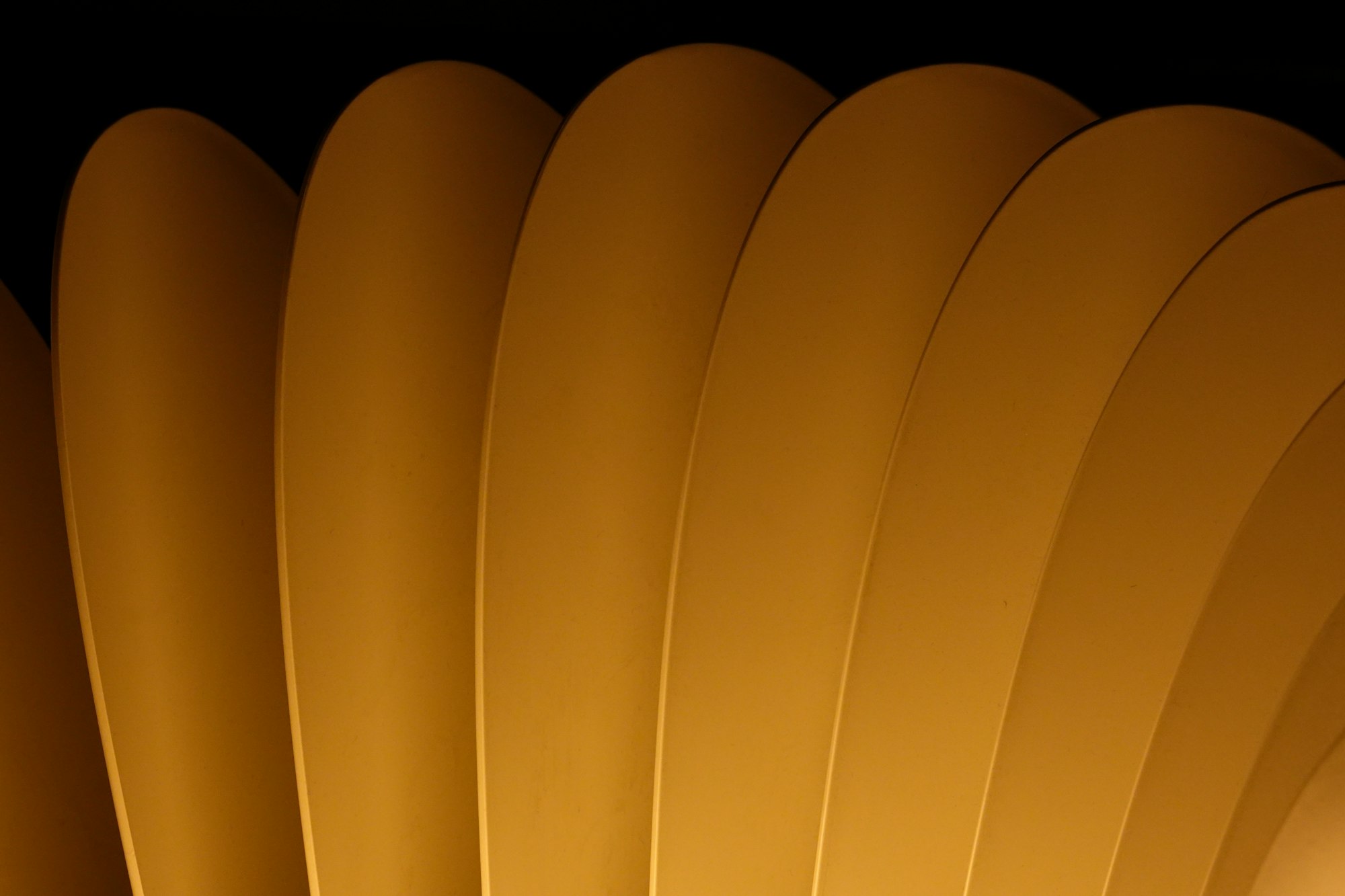
Techniques for Creating Abstract Photographs
Composition and framing
A. Composition and framing:
We need to compose the shot according to what we are photographing. We can utilize compositional techniques such as the rule of thirds, leading lines, stacking and asymmetry. For example, the rule of thirds means dividing the image into nine equal parts using two horizontal and vertical lines and then distributing the critical elements on these lines or intersections.
B. Unique Angles
What kind of perspective do we get by changing to a new angle? We can change how we see the world to discover what we want to say in abstract photography. From the traditional angle to the full range of angles, train your eyesight and be inspired by new angles.
C. Exploring color and texture
1. Color palettes and monochromatic schemes
Photographers can engage the viewer's emotions and create visual solid contrasts using bold, vibrant colors or a single tone. Find the colors that work best for your abstract work in both bright and solid colors. Experiment with different color combinations to find the color that best expresses the visual impact of your abstract piece.
2. textures and patterns for visual interest
Keep your eyes peeled for interesting textures and patterns in the background or surroundings. Whether in architecture, nature or everyday objects. Pair and skillfully blend the subject of the abstract photo with these textural patterns to achieve a harmonious and interesting visual effect. Let the viewer marvel at your unique creativity while your abstract work stands out.
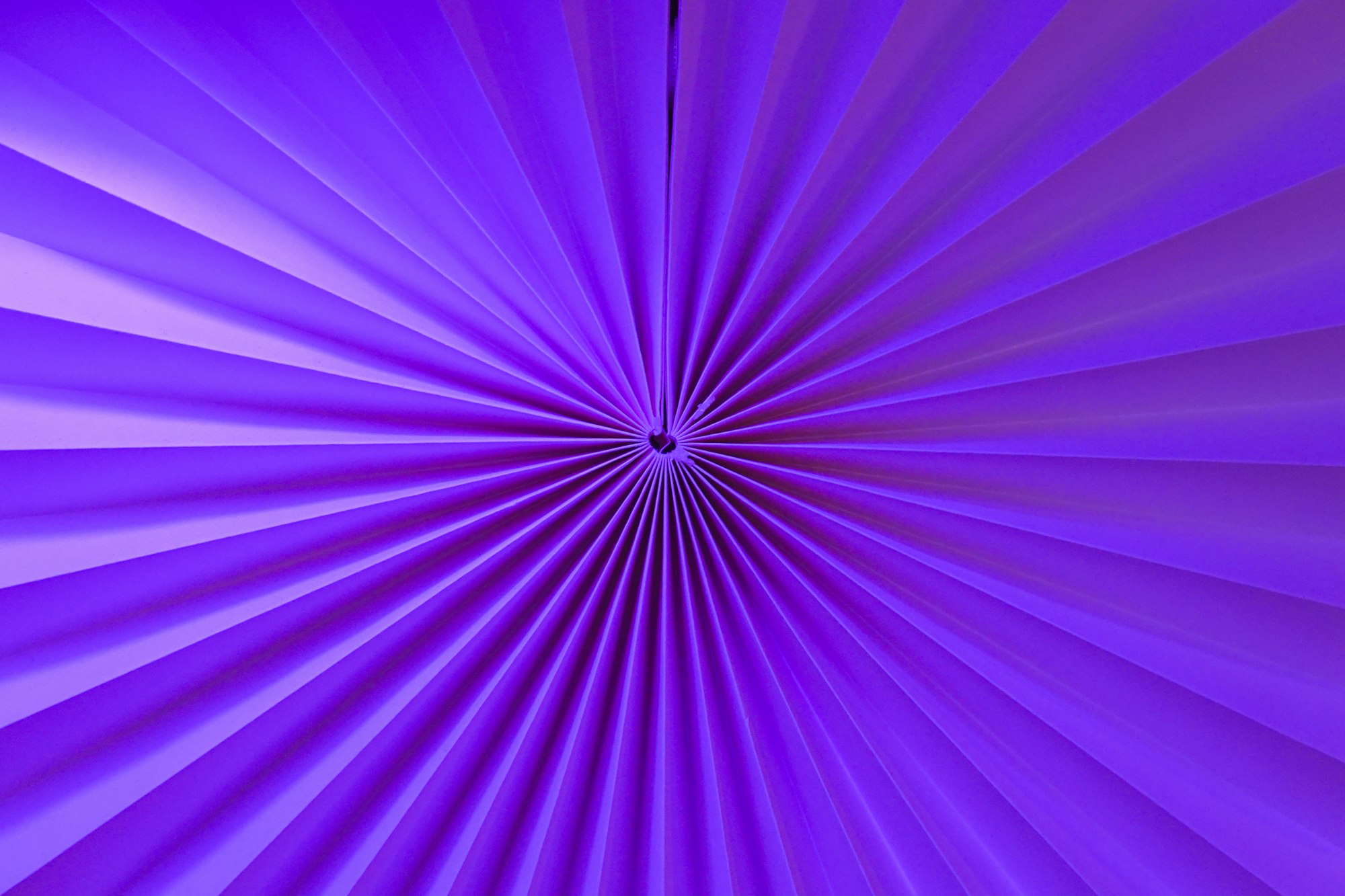
Utilize Light and Shadow:
1. High contrast and dramatic lighting
Approach lighting in various ways, and play with light and shadow to add interest to the process. Look for scenes with strong contrasts of light and shadow to enrich the depth and layers of your photos and create stunning visuals.
2. Play of light and shadow to create depth
Different uses of light and shadow can create completely different visual effects. In actual photography, the subject can be lit in focus to emphasize the focal point. You can also adjust the position of the light source to create shadows and highlight the materials and textures of the subject. If you want to impress the viewer, you can do so by diminishing the drama of the photo by trying to even out the diffused light.
Utilizing multiple exposures and double exposure
1. Create a blur:
Blurring effects are often seen in abstract works, and we can use long exposures to capture motion to achieve blurred abstract photographs. In practice, photo-flowing water, streams or waterfalls, speeding traffic, swaying leaves, or people walking in the rain.
2. Stacking Multiple Exposures:
Use multiple or double exposures in your photography to blend different elements into one image. This can produce surreal and dreamy abstract compositions. Get inspired by pairing them together while getting a surprising visual effect.
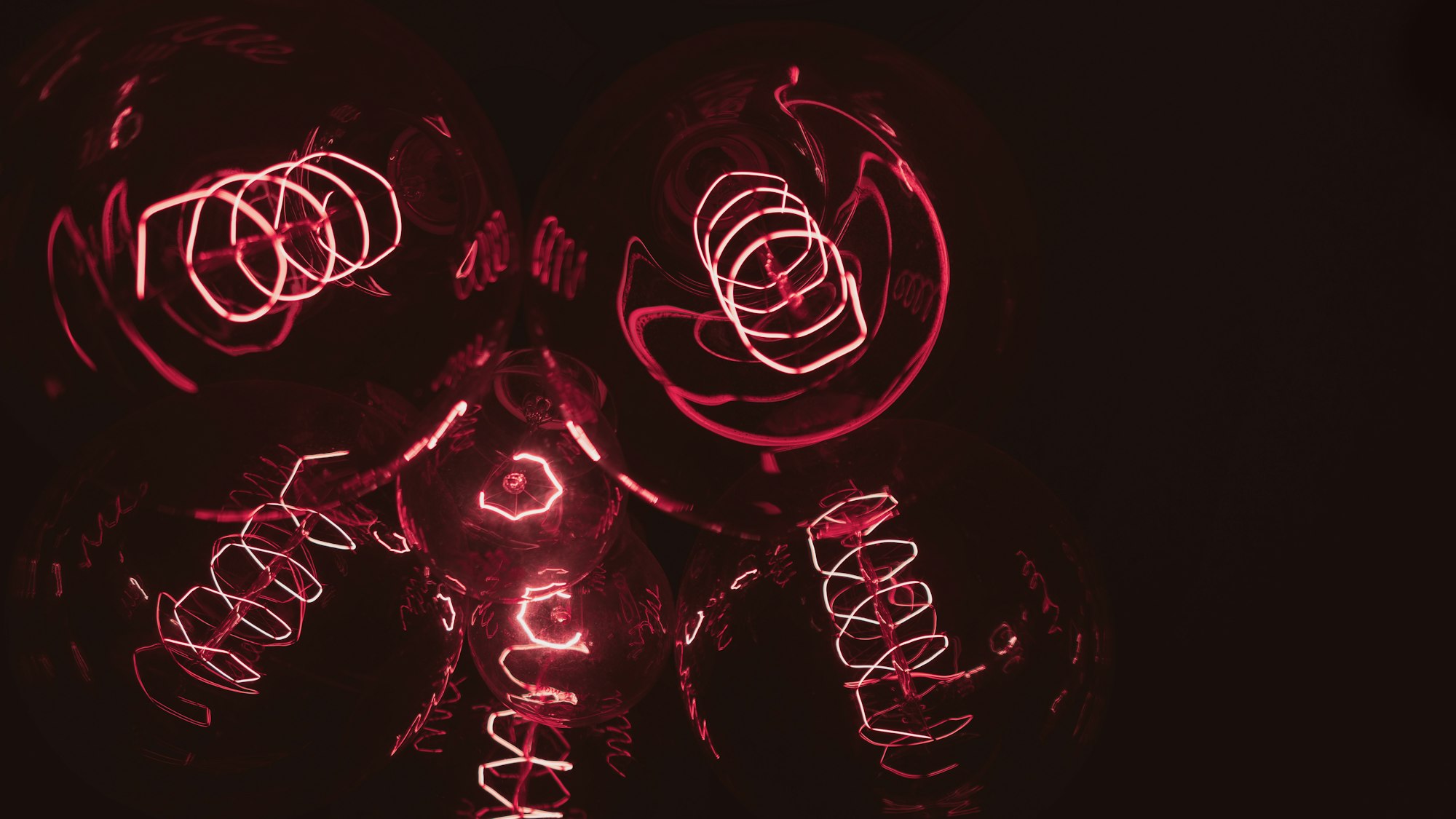
Finding Inspiration for Abstract Photography
As Moholy-Nagy said, photographers “must learn to seek, not the ‘picture,’ not the esthetic of tradition, but the ideal instrument of expression, the self-sufficient vehicle for education.” He was one of the first photographers to attempt to abstract light, perspective, elements of the natural world, and traditional images. Their abstract photographs are part of the history of photography.
Let's take a look at how we can be inspired to take abstract photos!
A. Nature and landscapes
Nature has an abundance of inspirational elements, and photographers can do this by looking at textures such as water ripples, leaf veins, dunes, and tree bark. These can be turned into the basis for stunning compositions. Photographers can experiment with camera movement, multiple exposures, and aerial photography to explore these elements. Turn ordinary landscapes into creative abstract images, such as quickly panning the camera for a blurring effect. Experiment with new ways of shooting and combining them with nature to get abstract photos with an understanding of nature.
B. Urban environments and architecture
As you walk around the city, observe the shapes and lines of the buildings and try new angles for surprises. Whether geometric shapes, creative patterns, or lines you can easily find in cities, landmarks, bridges, architectural details, and urban structures can also be explored. Combine composition and framing by zooming in on windows, doors, staircases, and other elements to create an abstract image of the city as you perceive it!
C. Everyday objects and still life
Everyday objects can be transformed into abstract photography when the photographer focuses on specific details, such as the texture and shape of the object. Study the colors and materials of everyday objects and place them creatively to create visually striking effects. Use lighting to emphasize the interplay of light and shadow to make your abstract work more interesting.
D. Human figures and portraits
Have you studied portraits and portraits seriously? Through photographs that capture the human form, photographs emphasize curves, shapes, and lines. We can build on these foundational elements to create abstract works of people. Photographers can experiment with close-ups to separate backgrounds or facial features. Both silhouettes and motion blur can mobilize the viewer. Then use your abstract work to tell the user a story.
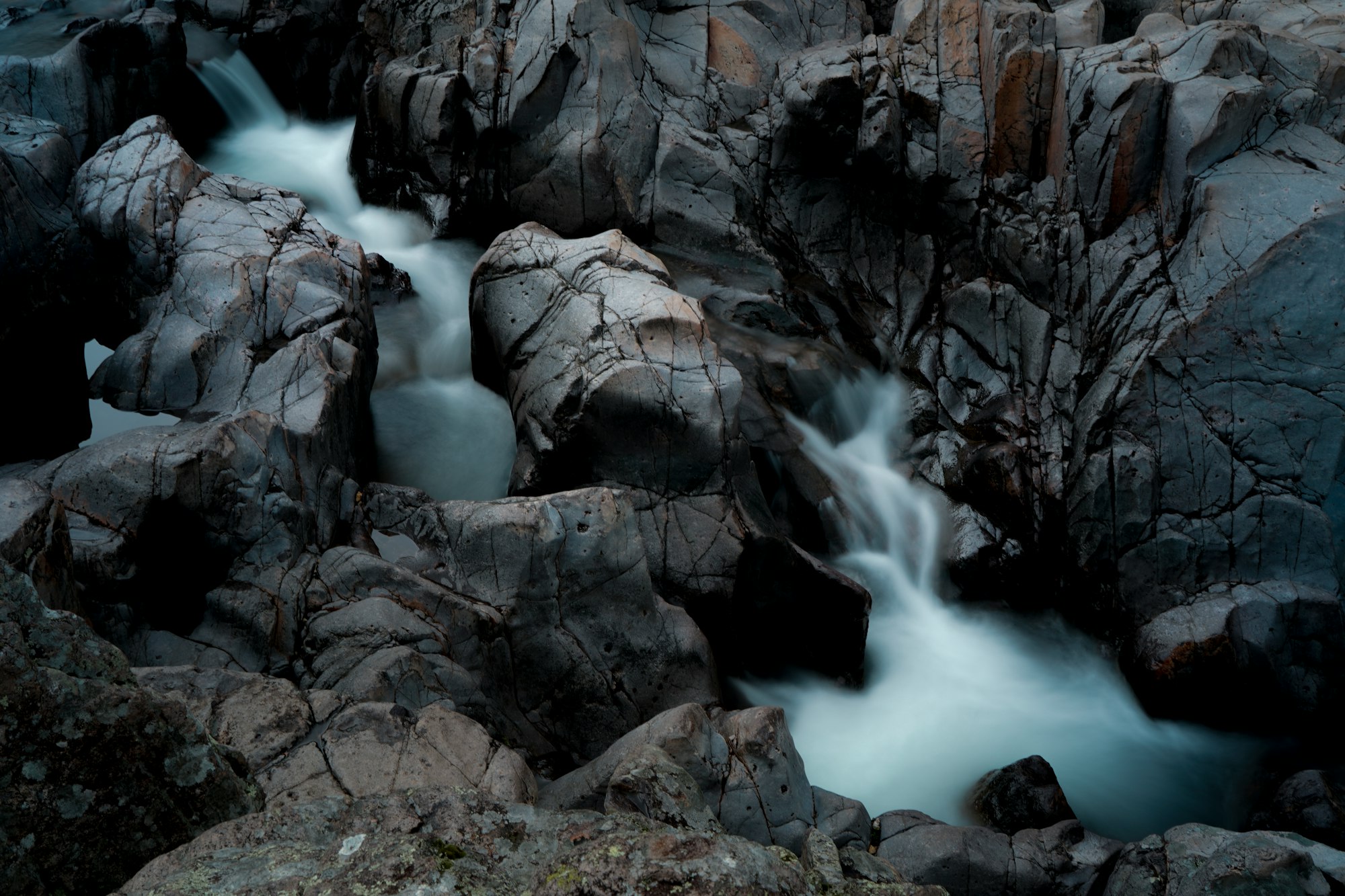
Post-Processing and Editing Techniques
A. Basic adjustments and enhancements
Brightness, contrast, and saturation:
Brightness, Contrast and Saturation have an adjusting effect on photos, and the proper adjustment of these parameters for abstract photos can change the contrast and feel of an abstract photo. Adjusting the Brightness can make the image more vivid, and a higher Contrast can help make the separation between different elements clearer. Adjusting the saturation to enhance or diminish the colors will give a different effect.
Sharpening and Noise Reduction:
If you want to improve the quality of your images, sharpening can also help. Sharpening makes details and edges in a picture look sharper by enhancing them.Take a photograph with a excessive ISO placing in low light situations. It could be grainy, and noise discount can help get rid of the graininess to make the photograph look smoother and smoother.
B. Creative modifying strategies
Manipulating Color and Tone to Enhance Abstract Elements: Using filters to trade tones can spotlight a topic or emphasize a positive tone. This makes it simpler to emphasize the abstract factors in a picture and higher specific the emotion and message of the picture.
Use AI image modifying tools, including AI Amplifier, to zoom in on a photo and enhance the picture best, and AI Eraser to erase any picture element without harming the historical past. One-click on basic modifying makes your submit-operation extra efficient.
Conclusion
Have you ever taken an abstract photo? We can take inspiration from nature, cities, buildings, and portraits and use creative shots to create our abstract photos. Abstract images focus more on conveying messages and emotions that resonate and connect with the viewer.
What is abstract photography no longer matters when we are fully engaged in exploring it. We can take a photo a day, play with light and shadow, and utilize various compositional techniques. Slowly accumulate and gradually create abstract photographs that make people's eyes shine!